Alert
Alerts
Type of practice
Car
Very easy
1h
Presentation
Map
Cirkwi brief's
Ratings and reviews
See around
Formula E: Paris 2016
The Cirkwi brief
Experience the Electric Thrill: Paris's 2016 Formule E Race
In April 2016, Paris took an electrifying leap into motorsport history with the debut of its Formule E race around the iconic Hôtel des Invalides. Crafted by Nathan Cirkwi Team, this route is not just about speed and agility but a testament to sustainable advancements in racing technology. Imagine the hum of electric engines echoing off the historic walls, blending the old with the cutting-edge. This isn't just a race; it's a glimpse into the future of motorsport, set against the backdrop of Parisian splendor.
Brief Technical Overview
The circuit plotted for the Formule E race encompasses a precise distance of 2.01459 kilometers, nestling between altitudes of 34 to 39 meters. This tight race path boasts a minimal yet critical elevation change, adding up to a mere 8 meters in both ascent and descent. The defining characteristics of this route emphasize the importance of strategic power usage and the ability to manage slight elevation shifts effectively—a true test of driver skill and vehicle performance.
Seasonal Tips for Spectators
Regardless of the season, visiting this Paris locale demands some planning. Spring races like the Formule E offer mild weather but prepare for unpredictable showers with light layers and waterproof gear. Summers are warm; hydration and sun protection are key. Autumn brings cooler temperatures and a picturesque setting, ideal for comfortable viewing. Winter's chill requires warm attire. Always prioritize safety, staying aware of crowd movements and designated spectator zones.
Paris: A Tapestry of History
Positioned in the heart of Paris, the Hôtel des Invalides stands as a beacon of French military history, making it a monumental backdrop for the Formule E race. Beyond its immediate vicinity lies a city that has been a crucible of progress, culture, and revolutionary ideas for centuries. Hosting a race that champions the future of sustainable transportation here not only honors Paris's heritage but also propels it into the future narrative of global innovation and environmental responsibility.
Weather Patterns and Optimal Visit Timings
Paris enjoys a predominantly oceanic climate, marked by moderate temperatures and frequent rainfall throughout the year. Winters are cool and can occasionally see light snowfall, while summers are pleasantly warm. Given this climate, the most favorable time for attending outdoor events like the Formule E race would be late spring to early summer (May to June), when days are longer, and the risk of rain is lower, ensuring a comfortable and enjoyable experience for all attendees.
In April 2016, Paris took an electrifying leap into motorsport history with the debut of its Formule E race around the iconic Hôtel des Invalides. Crafted by Nathan Cirkwi Team, this route is not just about speed and agility but a testament to sustainable advancements in racing technology. Imagine the hum of electric engines echoing off the historic walls, blending the old with the cutting-edge. This isn't just a race; it's a glimpse into the future of motorsport, set against the backdrop of Parisian splendor.
Brief Technical Overview
The circuit plotted for the Formule E race encompasses a precise distance of 2.01459 kilometers, nestling between altitudes of 34 to 39 meters. This tight race path boasts a minimal yet critical elevation change, adding up to a mere 8 meters in both ascent and descent. The defining characteristics of this route emphasize the importance of strategic power usage and the ability to manage slight elevation shifts effectively—a true test of driver skill and vehicle performance.
Seasonal Tips for Spectators
Regardless of the season, visiting this Paris locale demands some planning. Spring races like the Formule E offer mild weather but prepare for unpredictable showers with light layers and waterproof gear. Summers are warm; hydration and sun protection are key. Autumn brings cooler temperatures and a picturesque setting, ideal for comfortable viewing. Winter's chill requires warm attire. Always prioritize safety, staying aware of crowd movements and designated spectator zones.
Paris: A Tapestry of History
Positioned in the heart of Paris, the Hôtel des Invalides stands as a beacon of French military history, making it a monumental backdrop for the Formule E race. Beyond its immediate vicinity lies a city that has been a crucible of progress, culture, and revolutionary ideas for centuries. Hosting a race that champions the future of sustainable transportation here not only honors Paris's heritage but also propels it into the future narrative of global innovation and environmental responsibility.
Weather Patterns and Optimal Visit Timings
Paris enjoys a predominantly oceanic climate, marked by moderate temperatures and frequent rainfall throughout the year. Winters are cool and can occasionally see light snowfall, while summers are pleasantly warm. Given this climate, the most favorable time for attending outdoor events like the Formule E race would be late spring to early summer (May to June), when days are longer, and the risk of rain is lower, ensuring a comfortable and enjoyable experience for all attendees.
Automatically generated.
IGN cards
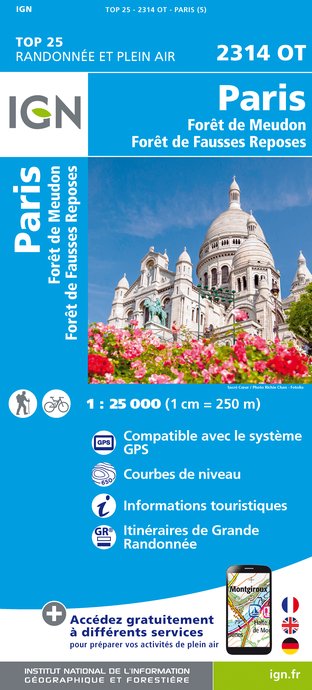
2314OT - PARIS FORÊT DE MEUDON FORÊT DE FAUSSES REPOSES
Editor : IGN
Collection : TOP 25 ET SÉRIE BLEUE
Scale : 1:25 000
13.90€
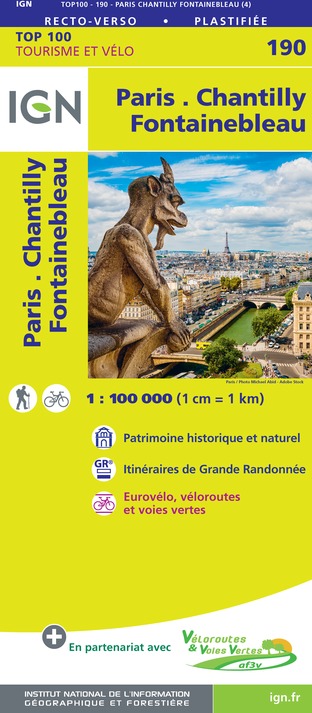
190 PARIS CHANTILLY FONTAINEBLEAU
Editor : IGN
Collection : TOP 100
Scale : 1:100 000
8.40€

118 PARIS CHARTRES PNR DE LA HAUTE VALLÉE DE CHEVREUSE
Editor : IGN
Collection : TOP 100
Scale : 1:100 000
8.40€
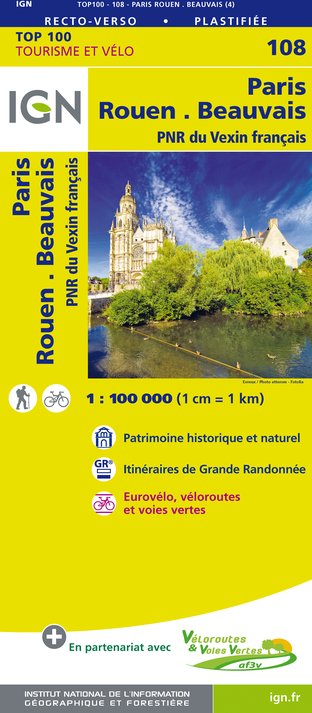
108 PARIS ROUEN BEAUVAIS PNR DU VEXIN FRANÇAIS
Editor : IGN
Collection : TOP 100
Scale : 1:100 000
8.40€
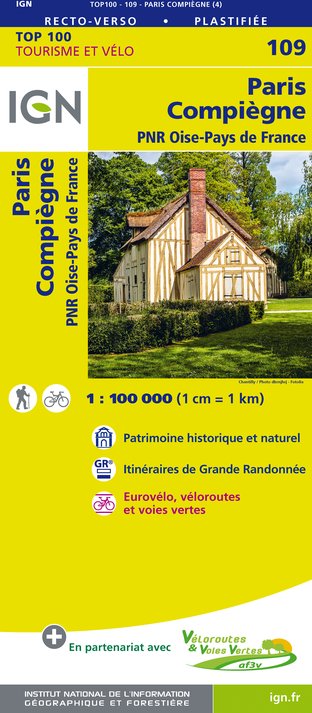
109 PARIS COMPIÈGNE PNR OISE-PAYS DE FRANCE
Editor : IGN
Collection : TOP 100
Scale : 1:100 000
8.40€
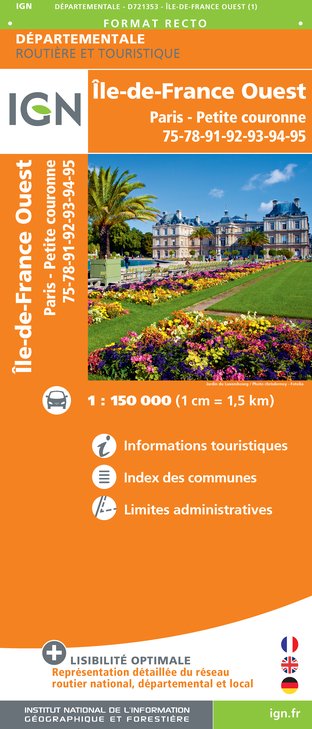
D75-95 ÎLE-DE-FRANCE OUEST
Editor : IGN
Collection : CARTES DÉPARTEMENTALES IGN
Scale : 1:150 000
5.90€
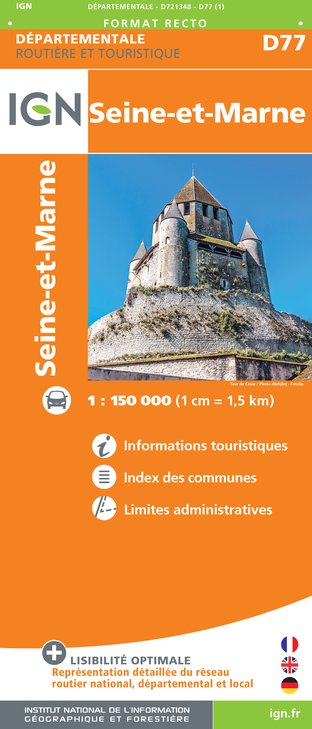
D77 SEINE-ET-MARNE
Editor : IGN
Collection : CARTES DÉPARTEMENTALES IGN
Scale : 1:150 000
5.90€
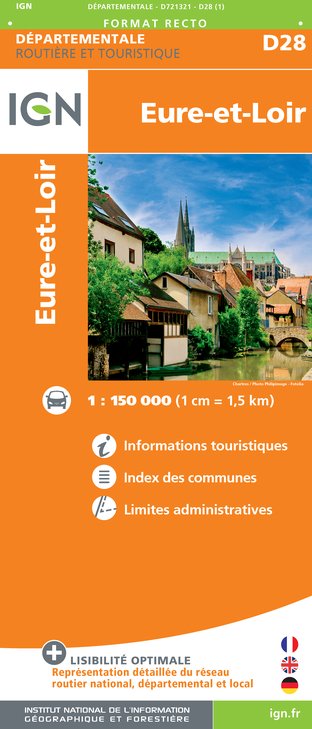
D28 EURE-ET-LOIR
Editor : IGN
Collection : CARTES DÉPARTEMENTALES IGN
Scale : 1:150 000
5.90€

NR01 HAUTS-DE-FRANCE
Editor : IGN
Collection : CARTES RÉGIONALES IGN
Scale : 1:250 000
6.80€
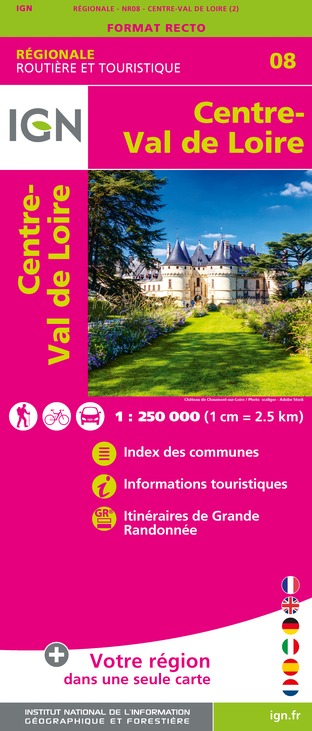
NR08 CENTRE-VAL DE LOIRE
Editor : IGN
Collection : CARTES RÉGIONALES IGN
Scale : 1:250 000
6.80€

NR03 ÍLE DE FRANCE
Editor : IGN
Collection : CARTES RÉGIONALES IGN
Scale : 1:250 000
6.80€
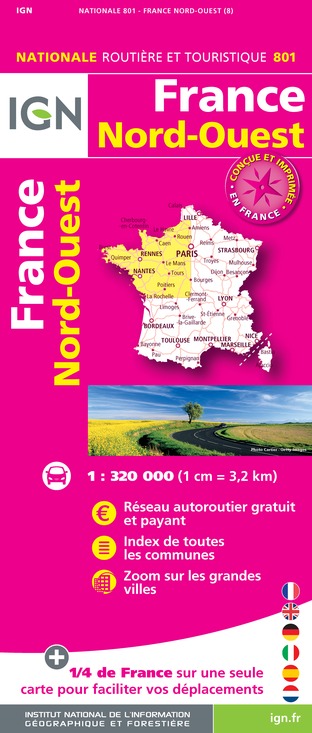
801 FRANCE NORD OUEST
Editor : IGN
Collection : CARTES NATIONALES IGN
Scale : 1:320 000
6.10€

EUROPE
Editor : IGN
Collection : DÉCOUVERTE DES PAYS DU MONDE IGN
Scale : 1:2 500 000
7.00€
Technical Information
Car
Difficulty
Very easy
Duration
1h
Dist.
2 km
Type of practice
Car
Very easy
1h
Show more
Altimetric profile
Starting point
13
bd des invalides
,
75007
Paris
Lat : 48.85661Lng : 2.31504
Data author

proposed by
IGN
Ratings and reviews
To see around